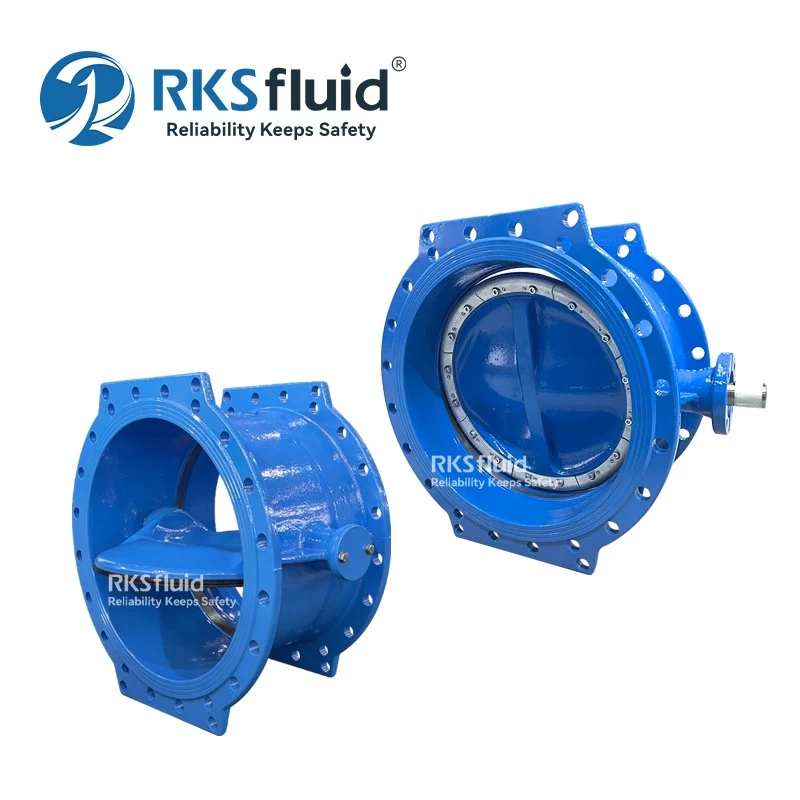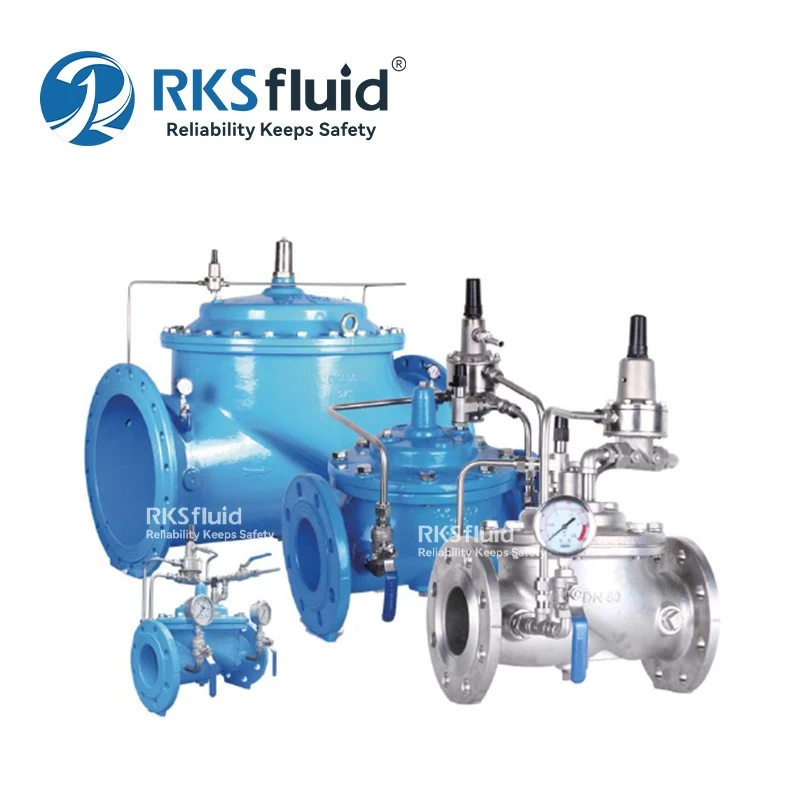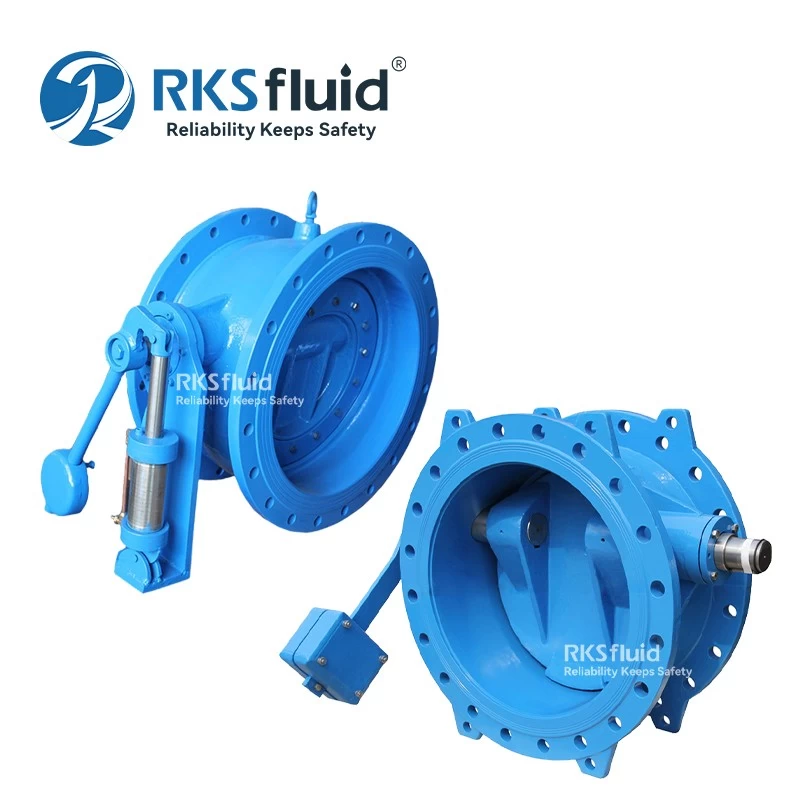- Main Product
- Contact Us
-
RKSfluid Flow Control Company
Web: www.rksfluid.com
Tel: +86 24 2318 0188
Fax: +86 24 2318 0788
Mail: info@rksfluid.com Contact Now
- Subscribe
-
Get email updates on new products
News
Valve Certification
Valve Certification
1. ISO 9001
The role of this certification is to establish a quality assurance system from product design to after-sales service, and to monitor the quality system to ensure product quality and customer satisfaction. Through certification, it has reached the internationally recognized quality system and even the modernization level of enterprise management.
All certified companies have reached international standards in the integration of various management systems, indicating that the company can provide customers with expected and satisfactory qualified products continuously and steadily.
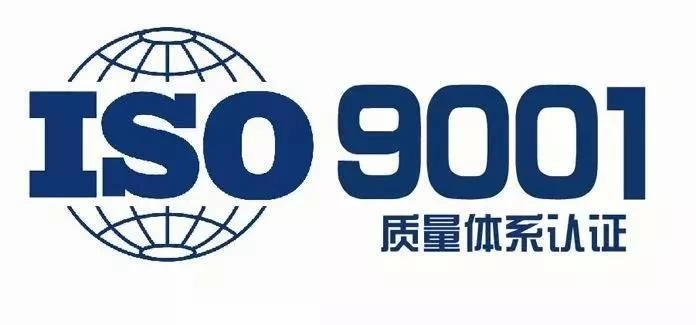
2.ISO 14001
The ISO14001 Environmental Management System Certification refers to the conformity assessment activities carried out by third-party certification bodies in accordance with the ISO14001 standard. ISO14001 is a standard issued by the International Organization for Standardization. It is a standard in the ISO14000 family standard. The standard was first released in 1996. In 2004, the standard was revised by ISO International Standardization Organization. The latest version is ISO14001-2015.
ISO14001 certification applies to any organization, including enterprises, businesses and related government units. After certification, it can prove that the organization has reached international level in environmental management, ensuring control of various pollutants in various processes, products and activities of the company. Relevant requirements help companies to establish a good social image.
3. OHSAS 18000
OHSAS18000 is the full name of Occupational Health and Safety Assessment Series 18000, an international safety and health management system validation standard. The development of OHSAS is mainly to solve the problem of how to choose between the customer base and the security management system verification standards developed by many verification organizations: and replace the well- known BS8800 to become an officially verifiable international standard.
The implementation, implementation and certification of the occupational safety and health management system can ensure that the company can provide an environment for all employees to control occupational safety and health requirements, and ensure that the various interests of employees, enterprises and related parties are met.
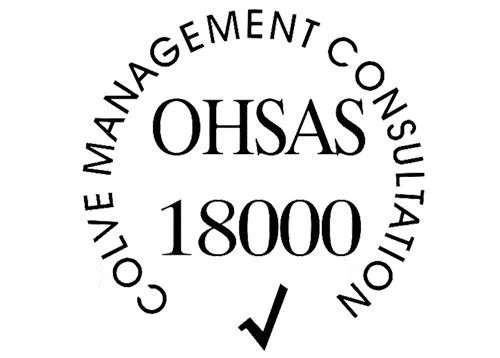
4. EU CE Certification
The CE certification mark is a safety certification mark and is regarded as a passport that the manufacturer opens and enters the European market. Products bearing the "CE certification" mark can be sold in the member states of the European Union without complying with the requirements of each member state, thus realizing the free circulation of goods within the EU member states.
In the EU market, the “CE” mark is a compulsory certification mark. Whether it is a product produced by an enterprise within the EU or a product produced by another country, in order to be freely circulated in the EU market, the “CE mark” must be affixed to indicate that the product meets the requirements. The basic requirements of the EU Directive on Technology Coordination and Standardization. This is a mandatory requirement for products in EU law.
PED certified product range:
5. CU-TR
In order to make the trade between the Union countries easier, and in order to avoid the technical and technical barriers to import and export products within this customs union, the Customs Union legislation issues the mandatory Customs Union TR technical regulations certificate, Customs Union Technical Regulations certificate: is proof This product is the only proof of the customs union's technical regulations, which apply to: Russia, Belarus, Kazakhstan
6. API Certification
API is the abbreviation of American Petroleum Institute, founded in 1919, according to the characteristics of the industry and the needs of the industry itself. In 1924, the API specification was formulated to provide technical guidance for the production of related products in the petroleum industry. As API specifications developed by API organizations are expanding with the advancement, versatility, security and influence of the US petroleum industry worldwide, API specifications have been widely adopted in countries around the world.
The API standard mainly specifies equipment performance, and sometimes includes design and process specifications. The standards development areas include oil production, refining, measurement, transportation, sales, safety and fire protection, environmental regulations, etc. The information technology standards include EDI for the oil and gas industry. , communications and information technology applications.
The API enjoys high prestige in the United States and in other countries around the world. It is a petroleum machinery certification body recognized by the US Department of Commerce and the US Trade Commission. Its petrochemical and oil recovery machinery technical standards have been adopted by many countries. Oil companies in many countries in the Middle East, South America and Asia generally require products with API mark to be eligible for bidding when bidding for petroleum machinery. Therefore, the petroleum machinery equipment with the API mark is not only considered to be of reliable quality but also of advanced level, and the products are accepted and trusted by users when they enter the international market.
7. SIL
SIL (Safety Integrity Level) - Safety Integrity Level.
The SIL technical standard was first promulgated by the International Electro technical Commission (IEC) and implemented by IEC/TC65. The National Standardization Technical Committee of SIL Technology is the “National Process Industry Measurement Control and Automation” Standardization Technical Committee (SAC/TC124), and the Secretariat is the Institute of Mechanical Industry Instrumentation Integrated Technology and Economy.
SIL certification is divided into 4 levels: SIL1, SIL2, SIL3, SIL4, including two levels of product and system, of which SIL4 has the highest requirements.
8. Fire Test Certification
API 607 and API 6FA are fire tests for valves 6D and 6A. Generally, only 6° valves that rotate 90 ° require API 607, while others require API 6FA. PAI is the abbreviation of American Petroleum Institute. 6FA is a fireproof certification for 6A standard valve fire test, and a 607 fire certification for 6D (refers to only 90 degree valve) standard valve fire test certification.
API 607-2010 Fire Test for 1/4 Week Valve and Non-Metal Valve Seat Valves
Fire Test for Quarter-Turn Valves and Valves Equipped with Nonmetallic seats.
Scope of application: Turn 1/4 week valve and non-metal seat valve. Such as: ball valve, butterfly valve, plug valve.
The following valve devices are not covered by this standard:
Fire test requirements for transmissions (eg, electric, pneumatic, hydraulic) other than manual gearboxes or other similar mechanisms (when they become part of the normal valve arrangement).
API 6FA-1993 (R2011) Valve Fire Test Specification
Specification for Fire Test for Valves.
Scope of application
API 6A and API 6D valves. Such as: ball valve, gate valve, plug valve.
The following valves are not covered by this standard: check valves.
API 6FD-2008 check valve fire test specification
Specification for Fire Test for Check Valves.
Scope of application: for check valves
9. Fugitive Test Certification (Fugitive Emission)
ISO 15848-1 is a type test standard for valve dissipative. It strictly tests the leakage of the valve after a certain switching cycle of the valve and packing under the design limit temperature and pressure conditions.
10. ATEX Explosion-proof Certification
The European explosion-proof directive ATEX (94/9/EC) was enforced from July 1, 2003. This directive applies to both electrical and non-electrical equipment, including various explosion- proof electrical equipment, protection systems, safety equipment, control instruments, and regulating devices.
ATEX explosion-proof directive core requirements:
Protect people's safety and health, and in some cases protect the health and property of livestock, especially to protect workers from the hazards of equipment and systems suitable for potentially explosive environments.
Manufacturers wishing to enter Europe and sell products for explosive atmospheres in Europe must demonstrate that their products comply with the ATEX Directive 2014/34/EU.
There are three prerequisites for applying this directive:
1. The equipment must have its own ignition source;
2. Expected to be used in potentially explosive atmospheres (air mixtures);
3. It is under normal atmospheric conditions.
This directive also applies to the components necessary for safe use and to the safety devices that are directly beneficial to the safe use of the equipment. These devices can be external to potentially explosive atmospheres.
11. IP protection level test (INGRESS PROTECTION)
The IP protection rating system was drafted by the IEC to classify electrical appliances according to their dust and moisture resistance characteristics. The foreign objects referred to here include tools, human fingers, etc., which are not accessible to the live parts of the appliance to avoid electric shock. The IP protection level is composed of two numbers. The first number indicates the level of dustproofing and prevention of foreign objects entering the appliance. The second number indicates the degree of airtightness of the appliance against moisture and water intrusion. The larger the number, the more the protection level is high.
12. TS certification
TS certification refers to the supervision and inspection by the State Administration of Quality Supervision, Inspection and Quarantine on the production of special equipment (including design, manufacture, installation, transformation, maintenance, etc.), the use, inspection and testing related units, and the approval of the units that have passed the assessment. Grant management actions using the TS Certification Mark.
Any license that must be obtained for pressure pipe components (mainly referred to as valve products), otherwise deemed illegal production, is the product production license issued by the General Administration of Quality Supervision, Inspection and Quarantine, and was originally the “safe registration of pressure pipe component manufacturing units”. The certificate has been changed to “Special Equipment Manufacturing License (Pressure Pipeline)” since 2004. It is also a mandatory certificate issued by the General Administration of Quality Supervision, Inspection and Quarantine.
13. Nuclear pressure equipment manufacturing and design qualification permit
The Nuclear Pressure Equipment Manufacturing and Design Qualification Permit is a license issued by the National Nuclear Security Administration for the production qualification and design qualification of the nuclear industry, nuclear power plant manufacturing equipment, components.








